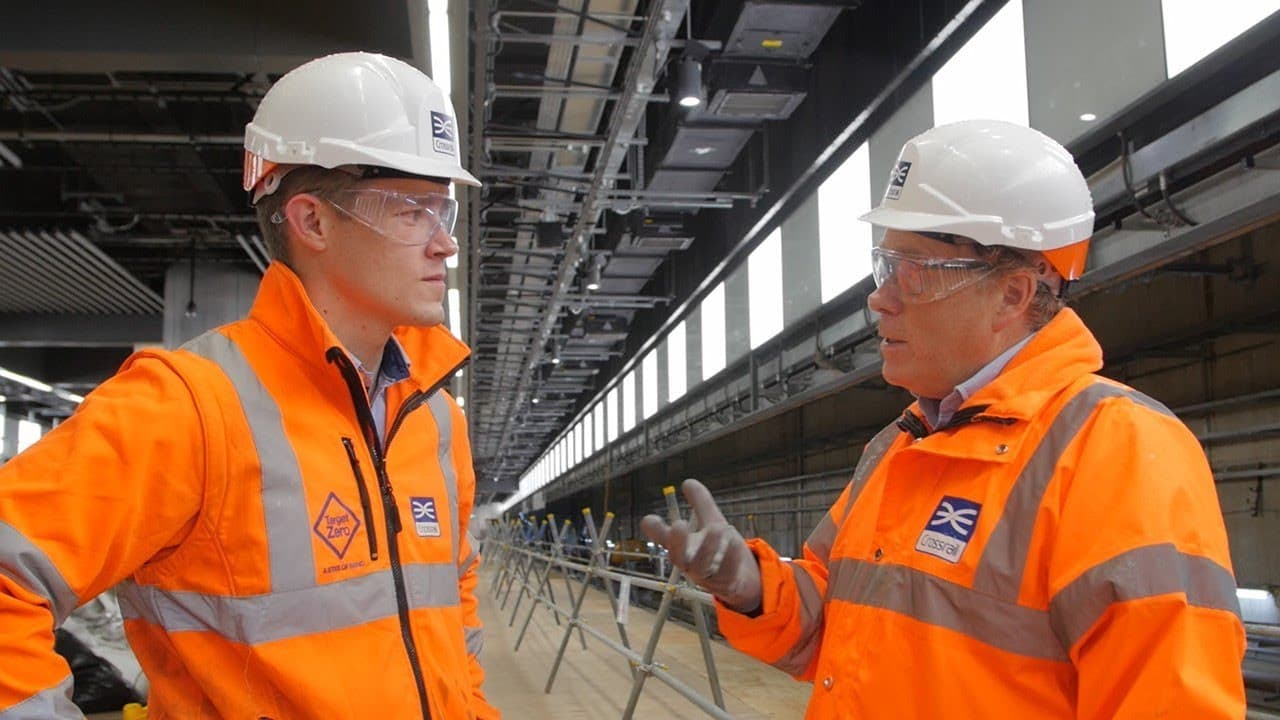
China’s construction boom is so big that it's pushed global iron ore prices up by 40%
CHINA has responded to the unfolding global economic crisis by investing heavily in infrastructure projects - and the country’s building-frenzy is now so huge that it's resulted in a steep rise in global metal prices.
Reporting by The New York Times reveals that the price of iron ore - which is needed to make steel - has risen by 40 percent.
The price of nickel and zinc have risen by 25 percent, and copper has risen by 35 percent.
China consumes roughly half of all the world’s industrial metals and the country’s growing appetite for the materials will no doubt prove a tremendous relief to metal-exporting countries like Brazil, Australia, Chile and Peru.

Above: The Hong Kong-Zhuhai-Macau Bridge is one of the country's most impressive infrastructure projects (image courtesy of Xinhua).
As part of a stimulus plan to fight the economic impact of COVID-19, China has invested in several large infrastructure projects, including doubling the size of their high-speed rail network within the next 15 years.
Elsewhere, in the country’s most populous province, Guangdong, officials plan to spend USD $100BN on medical facilities, 5G networks and transportation infrastructure.
USD $68BN will be spent on transport in the Pearl River Delta, and further USD $10BN on four new nuclear reactors.
These investments have helped buoy China’s economy and the Organisation for Economic Cooperation and Development (OECD) have predicted that the country’s GDP will actually grow this year - a feat that would make China the only G20 member to see positive growth in 2020.

Above: China will double its high-speed rail network (image courtesy of Enzojz Design)
Countries around the world are also attempting to invest massively in national infrastructure projects to fight the economic fallout of the virus.
The French government has announced a USD $116BN investment in infrastructure, which will include an emphasis on sustainable energy and transport.
The UK government has similarly pledged USD $800BN to infrastructure projects.
Meanwhile Australia has also been fast-tracking major developments, including building the Southern Hemisphere’s tallest building.
You can learn more about China’s construction sector in our documentary examining why the country restricted the construction of skyscrapers:








